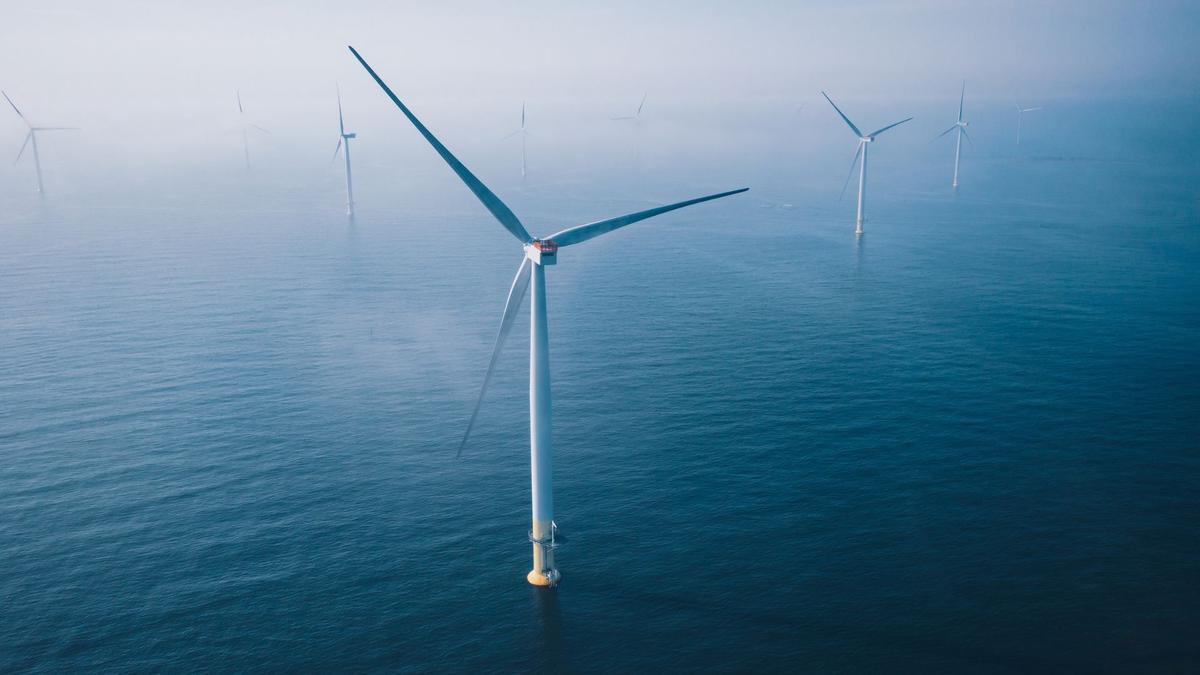Researchers at Tsinghua University in China have developed a groundbreaking photonic chip that can process, transmit, and reconstruct images in mere nanoseconds. This innovative chip bypasses the traditional optical-to-electronic data conversion used by conventional chips, significantly enhancing the speed and efficiency of image processing.
Machine vision, a rapidly evolving field where cameras, sensors, and algorithms collaborate to interpret the world and execute specific tasks, has traditionally relied on transferring data over long distances for analysis. This process, however, is too slow for many real-time applications. “The world is entering an AI era, but AI is very time- and energy-exhaustive,” said Lu Fang, associate professor at Tsinghua University’s Department of Electronic Engineering. In today’s fast-paced world, machine vision now requires on-device data processing, known as edge computing, to enable quicker decision-making.
Continue reading… “Revolutionary Photonic Chip from Tsinghua University Processes Images in Nanoseconds”












